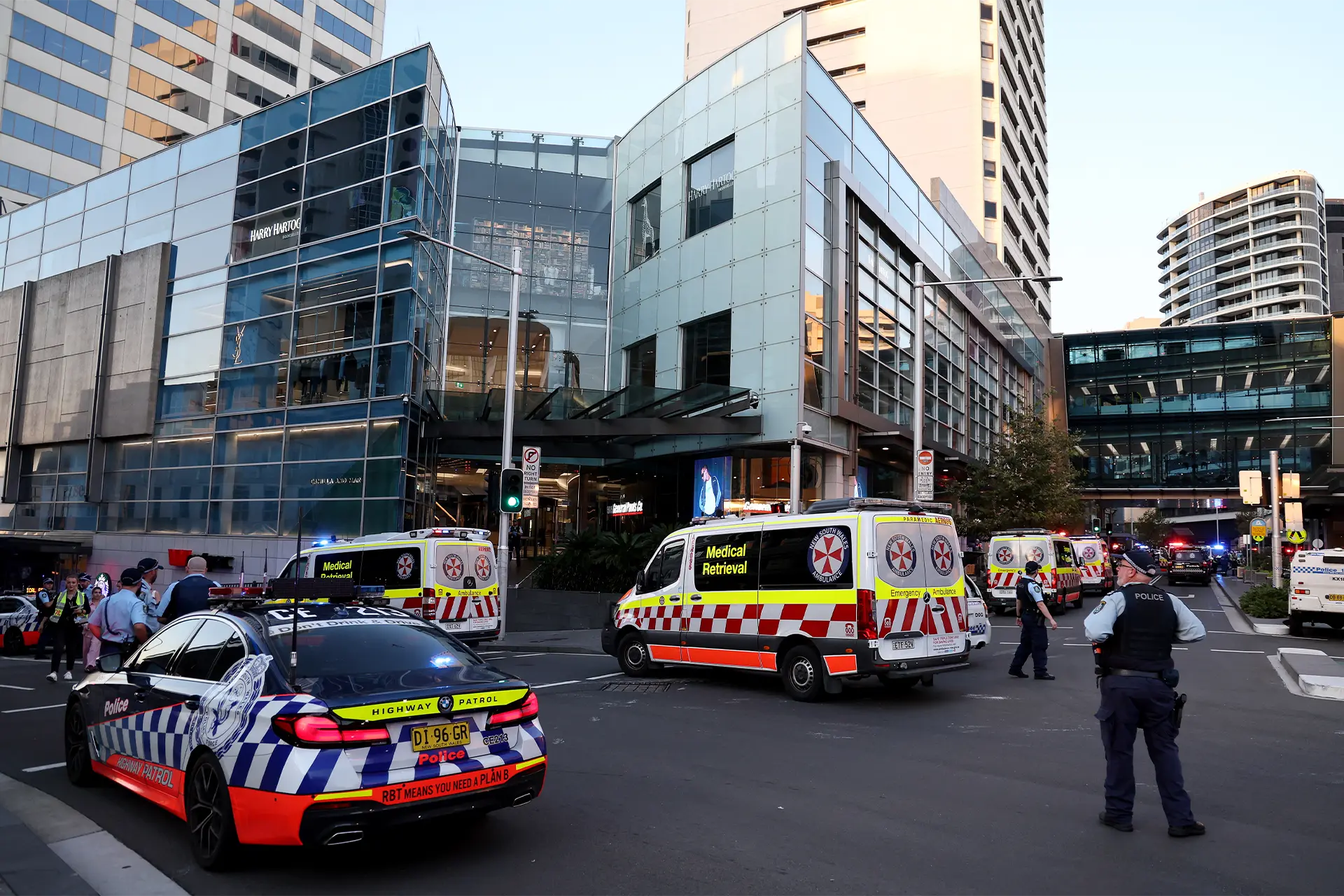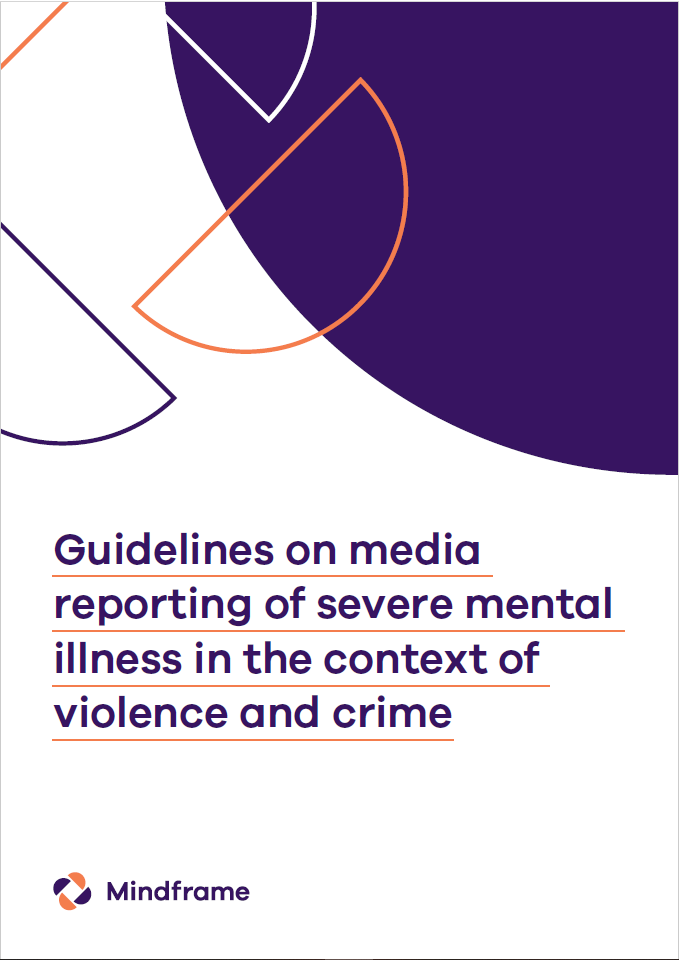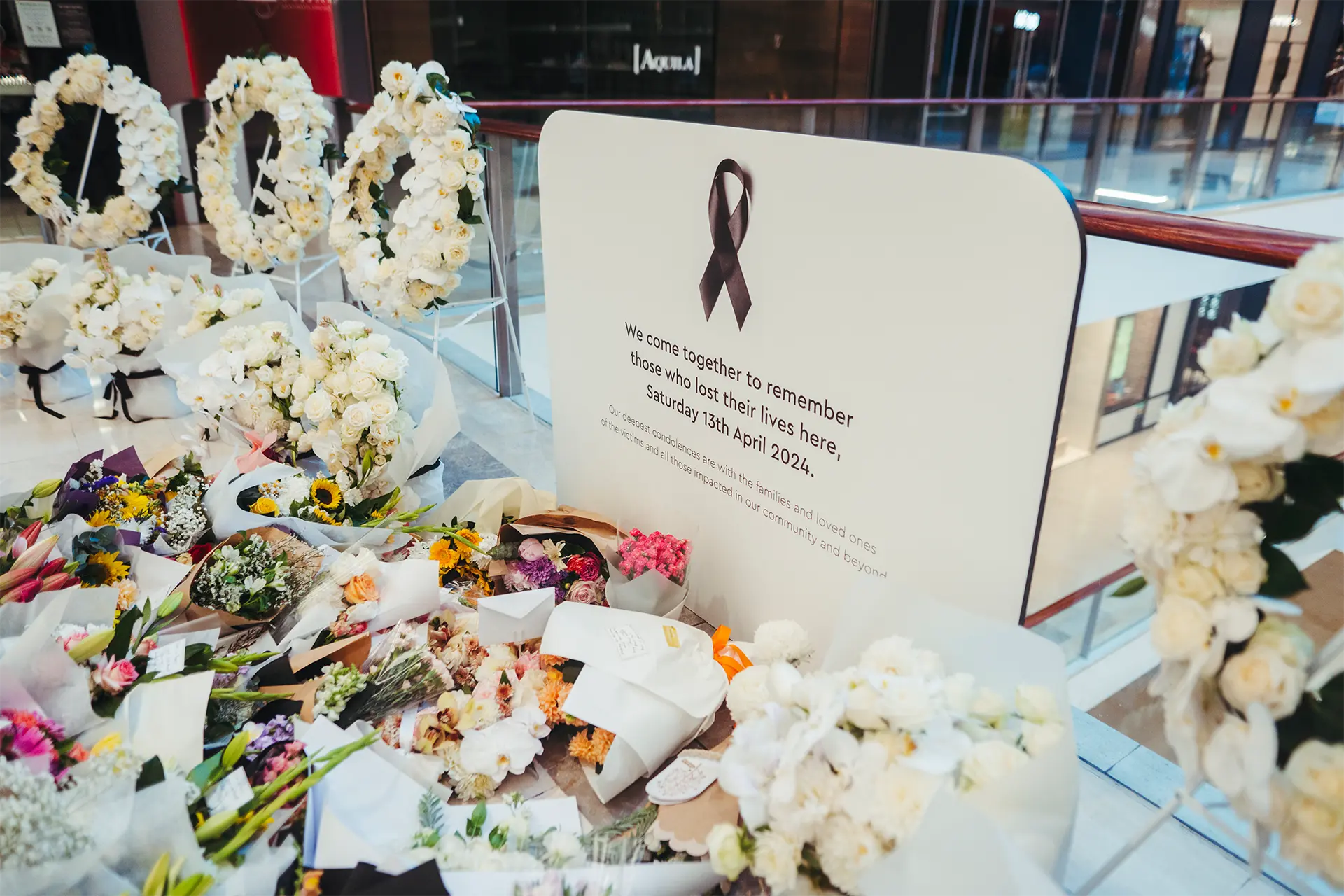
Health & Medicine
Taking the stigma out of mental health reporting

There are guidelines for reporting links between violence and mental health, but when the pressure is on, does the media follow them?
Published 7 July 2025
Just after 3 pm on Saturday 13 April 2024, a man dressed in an Australian rugby league football jersey carried a long-bladed knife into the Bondi Junction shopping centre in Sydney’s eastern suburbs
He stabbed eighteen people, killing six, before being shot dead by a police officer.

The perpetrator was confirmed to have a history of complex mental illness. He was diagnosed with schizophrenia at 17, an illness that is often – and often wrongly – associated with violent behaviour.
The recently completed coronial inquest into these tragic attacks examined a range of issues related to the incident.
These included gaps in the mental health system, security at the shopping centre and the police response.
It also looked at the quality of news reporting, focusing on the balance between privacy and the public benefit of broadcasting material from an active crime scene in which people were known to have died.
The mental health sector also raised concerns about how the inquest may further stigmatise people living with schizophrenia.

Health & Medicine
Taking the stigma out of mental health reporting
Our research is on improving responsible media portrayals of people with mental illness, and in 2020 we published the Mindframe guidelines on media reporting of complex mental illness in the context of violence and crime.
Its aim is to encourage balanced, accurate and less stigmatising coverage of the rare incidents of violence involving someone with a mental illness.
The Bondi Junction attacks were the first high-profile incident since the guidelines were published. So, we critically analysed the media coverage from this perspective.
We were interested to learn how well media coverage followed the responsible reporting guidelines and, ultimately, how this media coverage may have influenced public beliefs about complex mental illness.
In the media, a history of ‘mental health issues’ and schizophrenia dominated narratives as the key reason for the violent behaviour.

But most people with complex mental illness are never violent, so it is important for news coverage to provide a more nuanced and accurate narrative that doesn’t perpetuate stereotypes about any danger posed or fuel public stigma.
Journalists apply a range of ethical considerations before publishing a news story.
However, news teams often operate under enormous commercial pressure to break news first and share the latest updates with their audiences in real-time.
We have encouraged news teams to consider the research evidence which shows a link between media portrayals of people with mental illness and how this impacts the general public’s beliefs and attitudes towards people who live with these conditions.
This is because portrayals of people with complex mental illness when linked to violence and crime have been found to increase beliefs that these people are inherently dangerous and unpredictable.

Health & Medicine
The young people getting nature on prescription
We’re asking journalists to balance newsroom demands with a strong awareness of the impact and power of their work.
Our research focuses on reducing stigma and increasing help-seeking by changing media narratives around people with complex mental illness, like schizophrenia, particularly in the context of crime when reporting is live, unpredictable and based on fragmentary information.
One of the most important guidelines recommends journalists avoid speculation about someone’s mental health when it’s simply not yet known.
In our recently published analysis, we found, encouragingly, that media coverage mostly adhered to the guidelines, but we also found that stigmatising content was still common.
News reporters were trying to ensure more responsible coverage in their reporting of this tragedy.

This included not speculating about the perpetrator’s mental health status, but instead waiting first for police confirmation. This also applies to the use of person-first language to describe their lived experience of mental illness, rather than a label – so a ‘person with schizophrenia’ and not a ‘schizophrenic’ .
The media also provided context for other factors might have influenced the perpetrator to behave violently, like his declining mental health since ceasing treatment, homelessness and lack of social support – rather than solely attributing his actions to mental illness.
However, further changes are still needed.
We found the news coverage was dominated by sensationalist images of the attack, with footage from mobile phones and CCTV showing alarmist images of the perpetrator moving around the shopping centre holding a large knife.
Perhaps more worrying is that multiple news stories relied on stigmatising quotes from health experts and criminologists, implying that those with untreated complex mental health conditions were regularly responsible for deaths.

Arts & Culture
Why documentaries matter in an era of fake news
This perpetuated unhelpful and inaccurate stereotypes about people living with complex mental illness.
The news media should consult a greater variety of mental health experts for comments and ensure those asked to speak have relevant expertise.
Violent incidents involving people with schizophrenia are rare.
Even though rare, this kind of high-profile media coverage is likely to increase stigma and instil fear of people with the same diagnosis.
By avoiding sensationalist coverage, providing context around the attacks, and sharing stigma-challenging narratives that increase understanding of the reality of living with complex mental illness (see for example The Sydney Morning Herald, Crikey and The Conversation), media organisations can help reduce the impact of one person on attitudes towards a whole group of people.
In other words, by adopting our guidelines, journalists can help reduce stigma towards people with complex mental illness and encourage better outcomes for them, those that care for them and society at large.
If this story raises concerns for you or someone you know, help is available. For mental health support, contact Lifeline on 13 11 14, SANE on 1800 18 7263, or Beyond Blue on 1300 224 636.